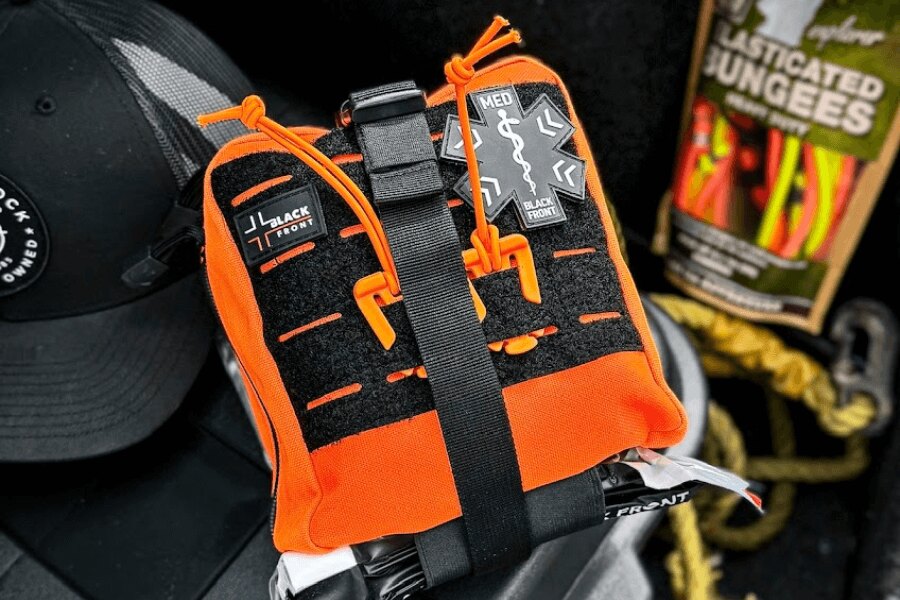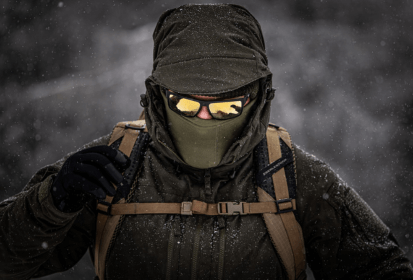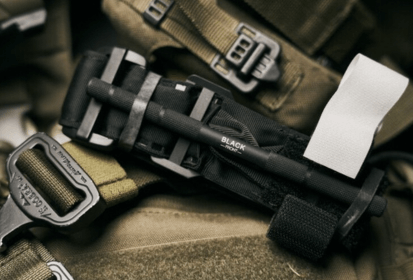Limb Injuries (Part 2): Unstable Injuries
Unstable limb injuries are serious. They include open or closed fractures, severe joint injuries, or torn ligaments. In ideal conditions, the best course of action is to call emergency medical services (EMS) and arrange for immediate transport to a healthcare facility. But what if that’s not an option? In remote terrain, without cell signal or quick access to help, you may need to manage the situation on your own—at least temporarily. So how do you handle first aid in outdoor or wilderness conditions?
In this series on stable and unstable limb injuries, we cover common incidents such as sprains, dislocations, contusions, ligament tears, and fractures. Instead of focusing on diagnosis—which is often impossible in stressful or rugged conditions—we guide you in how to respond based on the severity of the injury and access to medical care.
How to Recognize an Unstable Injury
In the previous article, we discussed stable injuries, which allow for limited mobility—like a sprained ankle or stretched ligament. These cases can usually be managed on-site with support and rest, and medical attention can be delayed if symptoms don’t worsen.
So what qualifies as an unstable injury? These typically include:
- Open or closed fractures
- Joint dislocations
- Partially or fully torn ligaments

A well-equipped first aid kit can make a significant difference in managing unstable injuries—especially when emergency services are not available.
Signs of an Unstable Limb Injury
⚠️ The limb cannot bear weight or be moved without severe pain
⚠️ Visible deformity or unnatural angulation
⚠️ A cracking sound or sensation at the time of injury
⚠️ Possible signs of vascular or nerve damage
⚠️ Check fingers or toes: limited movement, loss of sensation, or tingling may indicate nerve or blood vessel injury
First Aid for Unstable Injuries
🚑 When Emergency Services Are Available
If you're in an area with reception and EMS can be reached quickly—via calling 112 or using a first aid app—call immediately.
👉 Before you make the call, make sure the scene is safe for you and the injured person. Don’t move them unless absolutely necessary for safety.
In case of an open fracture:
- Stop any bleeding first. Put on protective gloves (always carry a pair in your first aid kit).
- Cover the wound with a sterile dressing.
- For heavy bleeding, apply a tourniquet above the injury.
- Never attempt to push the bone back in!
Then:
- Call EMS and arrange for immediate transport.
- Prevent further movement of the limb—stabilize it gently in the position found.
- Don’t try to straighten the limb or overcome pain resistance.
- Monitor consciousness and keep the injured person warm.
⚠️ TIP: If emergency medical services are available, do not attempt to splint the limb yourself—improper handling can worsen the injury. Applying and removing a splint can cause additional pain and complications if not done correctly.
🏔️ When Emergency Help Isn’t Accessible
Accidents can happen far from civilization, in remote or rugged terrain, or without mobile signal. In such cases, you’ll have to rely on yourself and improvise.
👉 Before taking action, take a moment to reassess your surroundings. Is there any ongoing danger to you or the injured person? If so, move to safety first.
🆘 What to Do When Emergency Services Are Not Available
- Open fracture: Stop the bleeding, wear gloves, and cover the wound with a sterile dressing. For heavy bleeding, use a tourniquet. Never attempt to push the bone back in!
- Splinting: Immobilize the injured limb using a splint. Detailed instructions will be provided in the next article on immobilization.
- Transport: Prepare the injured person for transport. Improvised transport methods will be covered in the following part of this series.
- Monitor condition: Keep checking for consciousness, blood flow in the fingers or toes, and maintain body warmth.
Pelvic Fractures: A Special Emergency
A pelvic fracture is a specific and especially dangerous type of unstable injury. It poses a serious risk of internal bleeding, blood loss, infection, and damage to internal organs.
Common signs include:
- Severe pain
- Severely limited mobility
- Signs of shock or risk of unconsciousness
First aid for a suspected pelvic fracture:
🛑 If possible, place the person on their back on a firm surface.
🛑 Avoid unnecessary movement! If repositioning is necessary, do so extremely carefully.
🛑 Call EMS immediately.
🛑 Compress the pelvis using a wide band of sturdy fabric or rescue foil. You'll need to carefully slide it underneath the person.
🛑 Monitor consciousness and take anti-shock measures.
🛑 Do not give anything by mouth—there may be internal injuries.
Summary: Unstable Injuries Require a Fast and Focused Response
Unstable limb injuries—like fractures, torn ligaments, or severe joint injuries—require quick assessment and decisive action. If EMS is available, do not attempt advanced immobilization—simply support the limb and wait for professionals. But if you’re off the grid, you’ll need to stabilize the limb yourself and prepare the person for possible improvised transport.
Always check circulation in the fingers or toes, monitor consciousness, and protect against cold. In certain cases—like a pelvic fracture—life-threatening complications may develop rapidly. Avoid unnecessary movement and call for help as soon as possible.
❖ SERIES: FIRST AID FOR LIMB INJURIES
Read the full series to feel confident when handling injuries in the field.
- ➤ Part 1: Stable Limb Injuries
- ➤ Part 2: Unstable Limb Injuries
You’re currently reading this article. - ➤ Part 3: Immobilizing an Injured Limb
- ➤ Part 4: Improvised Transport & Recommended Gear
(coming soon)
Note: This article was created in collaboration with Dita Voltr Podhadska, a certified first aid instructor with ZDrSEM and lead instructor of the HORAL outdoor first aid course.
Readers are further interested












































































































































